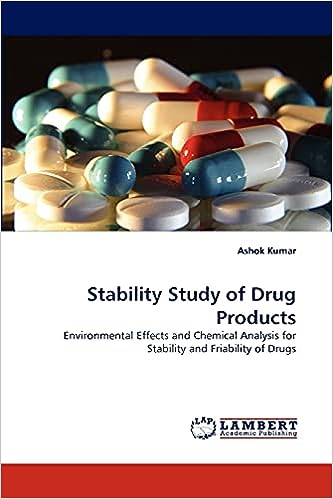Procedure for Stability Studies on Small Molecule Drugs
1) Purpose
The purpose of this SOP is to provide a standardized procedure for conducting stability studies on small molecule drugs to evaluate their shelf life, potency, and safety under various environmental conditions such as temperature, humidity, and light exposure.
2) Scope
This SOP applies to all small molecule drugs, including solid, liquid, and semi-solid formulations, that require stability testing to determine their shelf life and appropriate storage conditions. It is relevant for personnel in quality control, research and development, and regulatory affairs departments.
3) Responsibilities
The responsibilities
- Quality Control Team: To conduct stability tests as per the protocol and document results.
- R&D Team: To design the stability study protocol and provide technical support.
- Regulatory Affairs Team: To ensure compliance with regulatory guidelines during stability testing.
- Stability Study Coordinator: To manage testing schedules, sample management, and data analysis.
4) Procedure
The detailed stepwise procedure for conducting stability studies for small molecule drugs is outlined below:
- Preparation of Stability Study Protocol:
- 4.1 Define the purpose, scope, and objective of the stability study for small molecule drugs.
- 4.2 Identify the small molecule drug and critical quality attributes (CQAs) to be monitored (e.g., potency, degradation products, dissolution rate, pH).
- 4.3 Determine the storage conditions to be tested (e.g., room temperature, refrigerated, light exposure).
- 4.4 Establish the time points for testing at each storage condition (e.g., 0, 3, 6, 12, 24 months).
- 4.5 Develop a protocol outlining procedures, equipment, and materials required for testing.
- Sample Preparation and Storage:
- 4.6 Select representative samples of the small molecule drug for testing.
- 4.7 Package and label samples appropriately to maintain the integrity of the product.
- 4.8 Store samples under specified conditions in stability chambers or other controlled environments.
- Testing and Monitoring:
- 4.9 Retrieve samples at specified time points and perform the required tests (e.g., assay, degradation products, dissolution rate).
- 4.10 Record all test results in a stability testing log sheet.
- 4.11 Evaluate the results against predefined acceptance criteria.
- Data Analysis and Interpretation:
- 4.12 Analyze the stability data to identify any trends or deviations in the quality attributes.
- 4.13 Determine the impact of different storage conditions on the stability of the small molecule drug.
- 4.14 Document any significant findings or trends in the data.
- Documentation and Reporting:
- 4.15 Compile a comprehensive stability study report including objectives, methods, results, and conclusions.
- 4.16 Ensure the report is reviewed and approved by relevant stakeholders.
- 4.17 Submit the report to regulatory bodies or internal stakeholders as required.
- Review and Update:
- 4.18 Regularly review the stability study protocol and update it based on new data or regulatory changes.
- 4.19 Archive the approved protocol and report in a controlled document management system.
5) Abbreviations, if any
- CQA: Critical Quality Attribute
6) Documents, if any
- Small Molecule Drug Stability Study Protocol
- Stability Testing Log Sheets
- Stability Study Report Template
7) Reference, if any
- ICH Q1A(R2): Stability Testing of New Drug Substances and Products
- FDA Guidance for Industry: Stability Testing of Drug Substances and Products
8) SOP Version
Version 1.0
